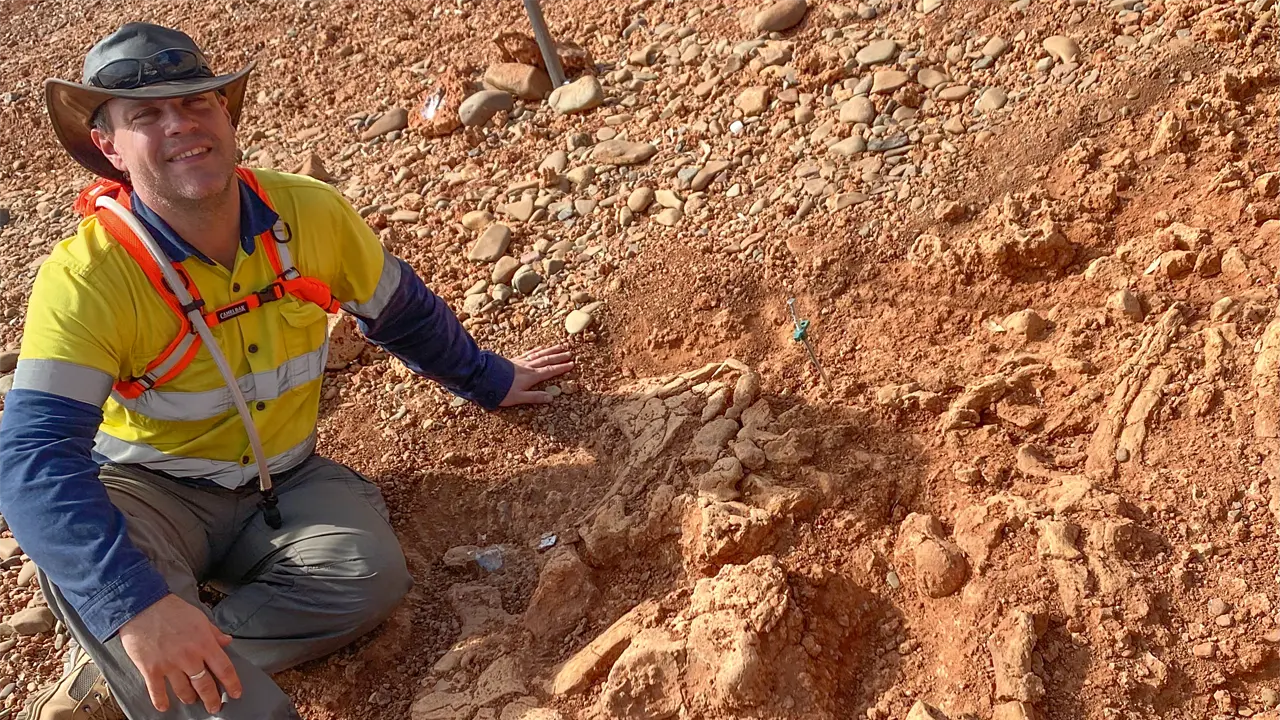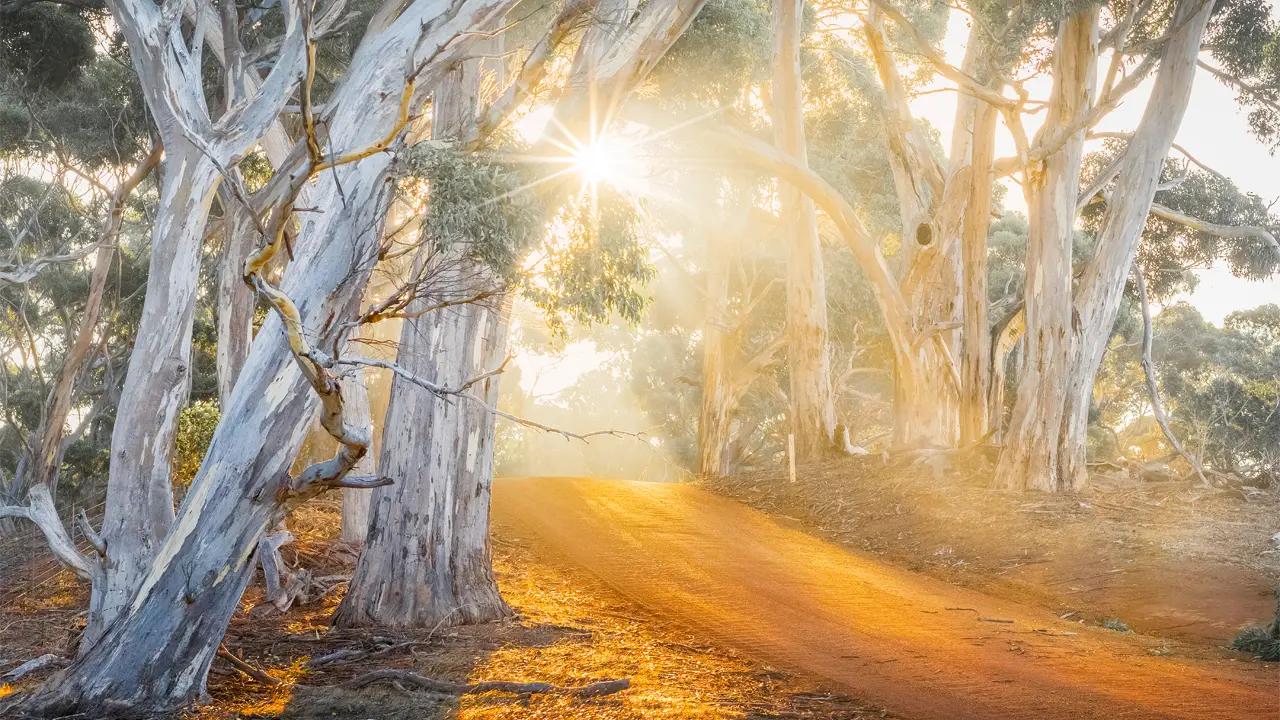Even before taking over the imposing Marree Hotel, Denise and Willy Dolphin had longstanding links with the remote South Australian town.
Story and photos Rosamund Burton
Marree Hotel is as old as its namesake town. Then called the Great Northern Hotel, it was built in 1883, the same year that the town – located at the junction of the Oodnadatta and the Birdsville tracks – was established. “This hotel can only be described as palatial in appearance, and comfortable inside,” a traveller to Marree in 1885 told the South Australian Advertiser. “I was told to look for a hotel the size of the York in Rundle Street, Adelaide, but I was fairly startled when I caught the first glimpse of the Great Northern, which does not belie its name. Like monuments in a desert, it rears its lofty head high above all the other buildings, and can be seen by travellers a mile away on the dreary plain.”
Current managers Willy and Denise Dolphin arrived at the hotel in February last year, Willy having previously worked as a shearer and Denise as a cook. Their son Rhett had worked for four years at the hotel with former owner Robynne Taylor. When Robynne decided to leave, Rhett asked his parents if they wanted to take over. “When we left Port Lincoln it was 19 degrees and when we got to Marree it was 48, and the power was off so there was no airconditioning – it was a real shock,” Denise says, reflecting on the move. “We thought, ‘What have we done?’.”
Since their arrival, the Dolphins have created a haven for both locals and travellers. An excellent cook, Denise offers delicious meals ranging from the daily $12 special (usually a roast), to lamb shanks, kangaroo fillet and T-bone steak. Homemade desserts, such as lemon cheesecake, sticky date pudding and quandong pie, are on the menu for $7-$8. There is also a good range of wines, including the 2003 Wolf Blass Red Label Merlot, 2003 Jamiesons Run Coonawarra Shiraz and Annie’s Lane Chardonnay, not to mention beer on tap.
The massive two-storey sandstone hotel also boasts good old-style accommodation. There are 22 bedrooms, five of which open on to the long, wooden first-floor verandah. “We are selling the place as genuine old-fashioned hospitality,” Willy says.
With its location on the Old Ghan railway line, which was extended to Marree in the mid-1880s, there is a strong sense of history about the hotel. A porcelain camel statue in the hallway and a stained-glass window depicting a man leading two camels in the saloon bar both evoke a feeling of the hotel’s heyday, when 1500 camels operating out of Marree transported goods as far as the Gulf of Carpentaria.
Also in the saloon bar, a mural painted in 1991 by Siv Grava and John Turpie depicts a droving scene, and gives a sense of the importance of the cattle industry to the district. In 1885 alone, between 40,000 and 50,000 head of cattle were driven down from Queensland and the Northern Territory and transported by train from Marree to Adelaide.
In the public bar, the walls are adorned with old tack as well as a large photograph of local resident Eric Oldfield taking part in the 2002 Great Australian Outback Cattle Drive. For this Year of the Outback re-enactment, Eric and other old drovers brought more than 500 cattle 515 kilometres down the Birdsville Track, one of the legendary cattle drive routes of the past. (A second Outback Cattle Drive was held in 2005 and another is scheduled for May 21-June 10 this year.)
A photograph in the hall depicting a train derailed due to flood waters is a telling image considering that flooding was one of the reasons why the railway line was closed in 1980. Today, the station across the road from the hotel is deserted, and old engines stand motionless on the disused track.
Although the population of Marree has dimished from a thriving 600 people to about 80, Marree Hotel is still going strong, patronised by town residents as well as travellers and those living on surrounding stations. After a recent downpour, locals celebrated with a night at the pub, for which Denise prepared more than 50 meals. The Marree Races in June and the Camel Cup in July are also busy times for the hotel.
While the Dolphins are relative newcomers to Marree, Denise has a longstanding family connection to the town. Her grandmother Ivy Finn was born here in 1899 and lived in the now deserted nearby town of Farina until 1917. “She always talked about Marree and Farina,” Denise says. “She would be so excited to think we are up here. Her father was a cameleer and used to work on the camel trains with the Afghans. He was Nathaniel Finn and, in the cemetery at Farina, there is a wrought-iron cross with a camel on it and his name.”
This story excerpt is from Issue #52
Outback Magazine: Apr/May 2007









